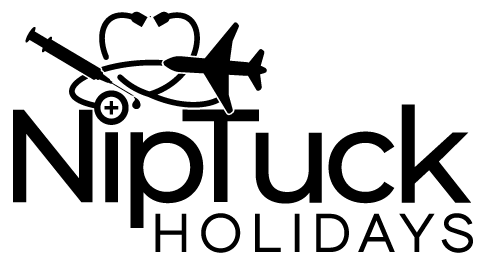Thailand’s potential for growth in this lucrative market is strong, analysts say.
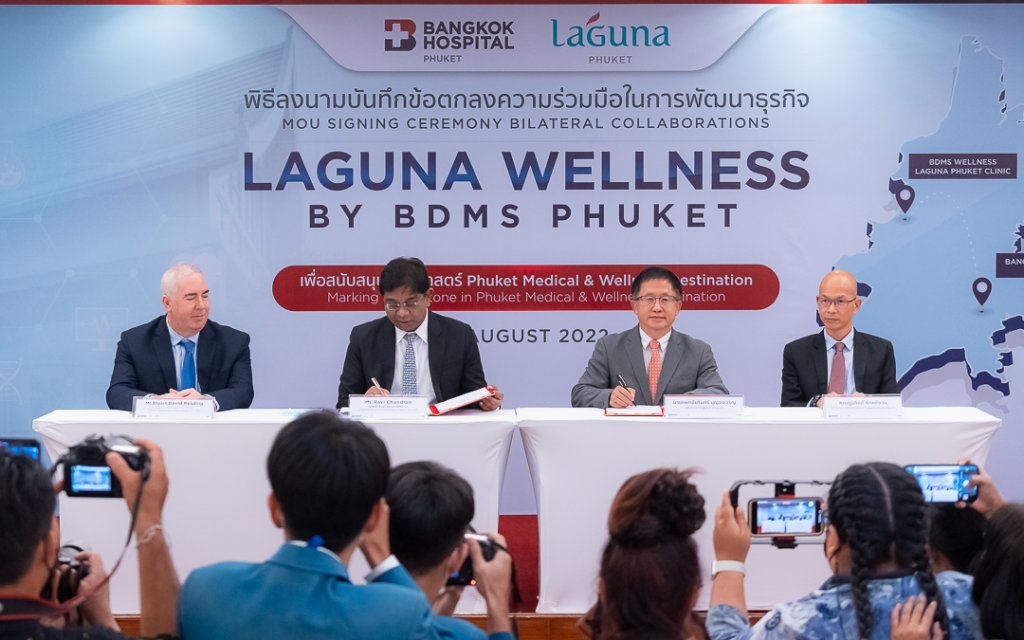
The Thai government has taken measures to invigorate the medical tourism industry in order to bring the country to the forefront as a top medical hub in wellness, medical services, products and academics.
In addition to relaxing restrictions, the Thai government has used the country’s excellent performance in tackling Covid-19 to promote its medical tourism and health treatment to attract foreign visitors.
Following the past success of the Phuket Sandbox programme, the government said it will turn the city into a world-class medical center and develop a plaza in the city that is equipped with an international elderly care center, rehabilitation center, and a palliative care center.
Last year, the cabinet approved in principle a new visa scheme that allows foreigners who seek medical treatment to stay in the country for up to a year, without having to leave the country for visa renewals if the arrive on tourist visas.
Re-Imaging Travel in 2023
After a long pause amid the Covid-19 pandemic, Australian’s are again interested in travelling overseas for cheap medical and cosmetic surgeries. Now Thailand now relaxed and back to normal with the Covid-era now firmly behind us , the fascinating and vibrant exploration of the rapidly developing global phenomenon of international medical travel awaits the medical tourist and Thailand is once again underlining its reputation in the medical field by drawing in visitors.

Not just ordinary tourists bit those wanting to benefit from the country’s natural attractions while also taking care of their medical problems. But while visitors are returning, analysts predict the industry will not rebound significantly until between 2023- 2027 2023 when tourist numbers really pick up.
Pre-covid Thailand
Pre-covid Thailand was leading the world as a medical tourism destination. Of the 26.5 million people who visited Thailand in 2013, 2.5 million came purely for medical reasons. That number has been growing at an average of 15 per cent a year over the past decade. It was estimated 15,000 Australians are heading overseas for nip tuck holidays every year, spending a total of $300 million on medical procedures and most were going to Thailand!
This interdisciplinary project looked Australians as well as Briton – and some Chinese and Japanese – who participate in cosmetic surgery tourism, and at the countries and people that provide this service including Thailand. It explored this contemporary phenomenon of cosmetic surgery tourism as part of a general medical tourism trend.
This Research Project Sun, Sea, Sand and Silicone: Mapping Cosmetic Surgery Tourism found that we were the women (and men) travelling abroad for cosmetic surgery that were to become the pioneers of medical tourism! And that cosmetic surgery was leading this growth industry because it is a largely privatized healthcare practice.
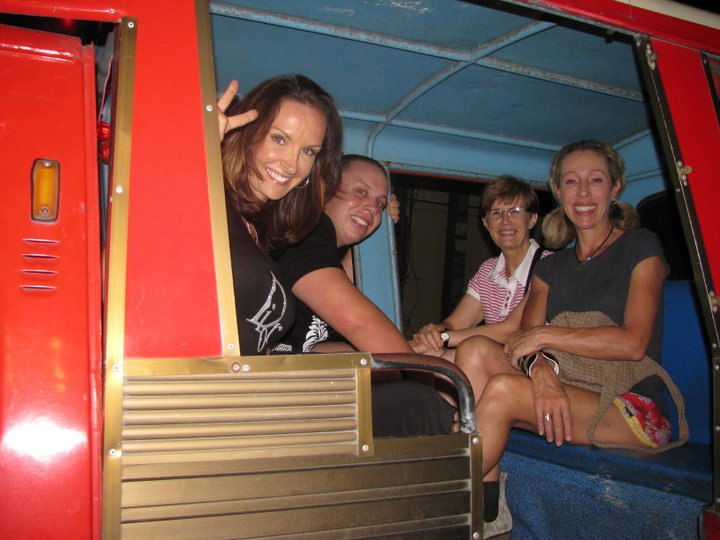
It also found that cosmetic surgery tourism is a new and developing industry that incorporates novel forms of labour and organizational structure that straddle national boundaries. For instance, it is possible for a cosmetic surgery travel agent to collect a patient from their doorstep in the UK or Australia, fly them to Thailand or KL, or now Turkey and transport them from the airport to a hotel near the hospital, allocate a nurse/ guide/ interpreter to be constantly at the patient’s side throughout their surgery, recovery and post-surgery tourist ‘experiences’, before returning them once more to their doorstep.
While there has been little research has yet been conducted on mapping out this new industry and the experiences of those that enter into it. This research back in 2011 broadened our understanding of the modes of operation of the organizations involved, the surgical tourist experience, and the potential implications for a globalized system of healthcare organized around consumption.
The two biggest hospitals targeting medical tourists are Bumungrad International Hospital and Bangkok Hospital Group, both located in the country’s largest city.
The impressive private hospitals look more like hotels, which is important when they’re trying to cash in on the huge business of medical tourism. Bumungrad International Hospital treated more than one million patients in 2013. Forty per cent of these were international patients, including around 8500 Australians.
The country’s move into medical tourism started as a survival strategy in 1998, after Thailand was hard hit by the Asian financial crises. It has transformed the way they deliver healthcare.
The 9/11 attacks were a big turning point, as Middle Eastern patients who once travelled to the US for surgery found it harder to get a visa, so they turned to Asia. Primarily Thailand. Bumungrad hospital went from treating 10,000 Middle Eastern patients each year pre 9/11 to more than 120,000 today.
Walking into the hospital today like PPSI, you’ll feel like you’ve stepped into a five-star hotel rather than a hospital ward. Lounge areas offer free (non alcoholic) drinks, check-in desks look more like civilised bank tellers, in-house travel agents organise visa extensions and a whole wing is dedicated to interpreters offering translator services for its international patients.
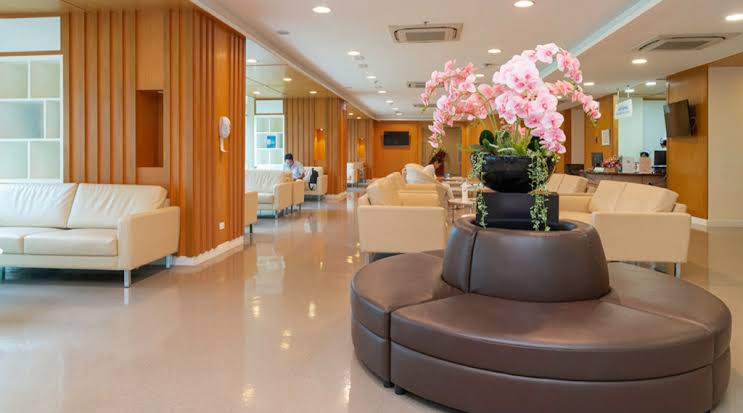
Then there’s the hospital rooms. The top of the line rooms are like small apartments with a living room, bathroom and kitchen all tastefully decorated, offering Wi-Fi, and room for partners or family to stay.
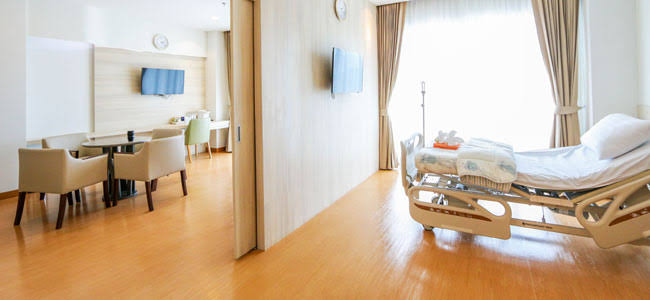
Bangkok Hospital Phuket tells a similar story. It treated 800,000 patients in 2013, of which 200,000 were medical travellers, including around 2600 Aussies. Australians and Russians are the biggest customer groups for this service,” said Acting Deputy Chief Executive Officer BDMS Group 6 and Managing Director Bangkok Hospital Phuket at Bangkok Hospital Phuket, Bangkok Bangkok Hospital Phuket’s Dr Narongrit Havarungsi.
They can combine the trip to the service with a stay in a four- or five-star hotel,” Narongrit said.

More than 1,000 people, most of them foreigners, were visiting the Bangkok Hospital Phuket each year for breast augmentation costing between Bt120,000 and Bt170,000. He believed foreigners come to his hospital for the service because it was relatively low in cost and good in quality.
Thai medical tourism sector is roaring back from Covid-19 pandemic, analysts say
International tourism is a major contributor to Thailand’s economy. It was hit hard by the COVID-19 pandemic—but the country is finding ways to support its travel industry while preparing for the international travel to recover further.
Thailand’s economy is reliant on international tourism, a once-flourishing sector that has been impacted by pandemic restrictions- it was a heavy blow to not just tourism but medical tourism.
An analysis report from Krungthai Compass, a research house under Krungthai Bank, said Thailand’s medical tourism sector is recovering from setbacks caused by the impacts of Covid-19 and especially from the now-cancelled Thailand Pass scheme.
A surge in foreign tourists flooding into Thailand over the past few months has improved footfalls at private hospitals and given a promising outlook to the country’s medical tourism industry.
According to news reports, more than 3.1 million foreign tourists arrived the country since last October, a rise of more than 43% over September 2022.
Krungthai analyst Sujitra Unno said in an article published online that private hospitals’ footfalls improved significantly between January and June 2022, contributing to the recovery of the medical tourism sector.
She cited a report that sees 24 SET-listed private hospital service providers enjoying revenue and profit growth in the first quarter of 2022 when compared to the same period of the previous year.
According to her, the hospitals’ total revenues increased 48.9% year-over-year (YoY) to over 125 billion baht in the first quarter of 2022 and their net profits grew by 173.8% YoY to over 24 billion baht. The growth was mainly attributed torevenues from Thai patients who sought medical treatment for Covid-19 infections.
The research center predicted the private hospital business will continue to expand by 19.8% YoY in 2023, which will help boost the country’s medical tourism business as well as total foreign patient revenue which, pre-Covid, accounted for about 30% of the total.
During Covid, private hospitals, particularly large hospital chains reliant on revenue from foreign patients, fell significantly. This is confirmed in a report by Kasikorn Research Center, which noted that the number of medical tourist arrivals declined by some 90% in 2021, with visitors from the Middle East, ASEAN countries and China making up the majority of those forced to delay hospital consultations. Krungthai Compass estimates that of the 8.9 million foreign tourists who have arrived in Thailand in 2022, a relatively high percentage were here to receive medical treatment.
“We expect that next year, many private hospitals in Thailand will see their patients from China, Russia, Japan and the Middle East coming back to receive treatment services,” Sujitra said.
Gearing up to become a center of wellness and medical services.
Thailand is an ideal destination for medical tourism with high-quality medical care, cost-effectiveness and lower cost of living that is great for long-stay patients. This makes Thailand a preferred destination for many international patients. This is also backed by the government’s efforts in turning the country into a ‘world medical center’.
Thailand tops other countries in Asia in the number of hospitals which have been accredited by Joint Commission International (JCI), the top global standard for health care quality and patient safety. The country boasts 60 JCI-accredited medical sites nationwide, while India has 37, Japan 31, Malaysia 17 and Singapore 5, according to the JCI list as of December 2021.
The JCI accreditation has become a key stamp of approval for hospitals in developing countries seeking medical tourists.

According to the Krungthai report, medical services in Thailand help patients save 50-90% on medical expenses compared to what they would pay for similar services in the US. The majority of medical tourists come to the country to receive dental treatment, followed by plastic surgery and cosmetic treatment.
In addition, several cities in Thailand are top-rated tourist destinations with the highest healthcare scores in Southeast Asia on Numbeo’s Health Care Index 2022 Mid-year. The index was conducted based on a survey of website visitors on the overall quality of the health care system that included doctors, healthcare professionals, staff and medical treatment costs.
As Thailand gears up to become a center of wellness and medical services, Thailand’s potential for growth in this lucrative market is strong.
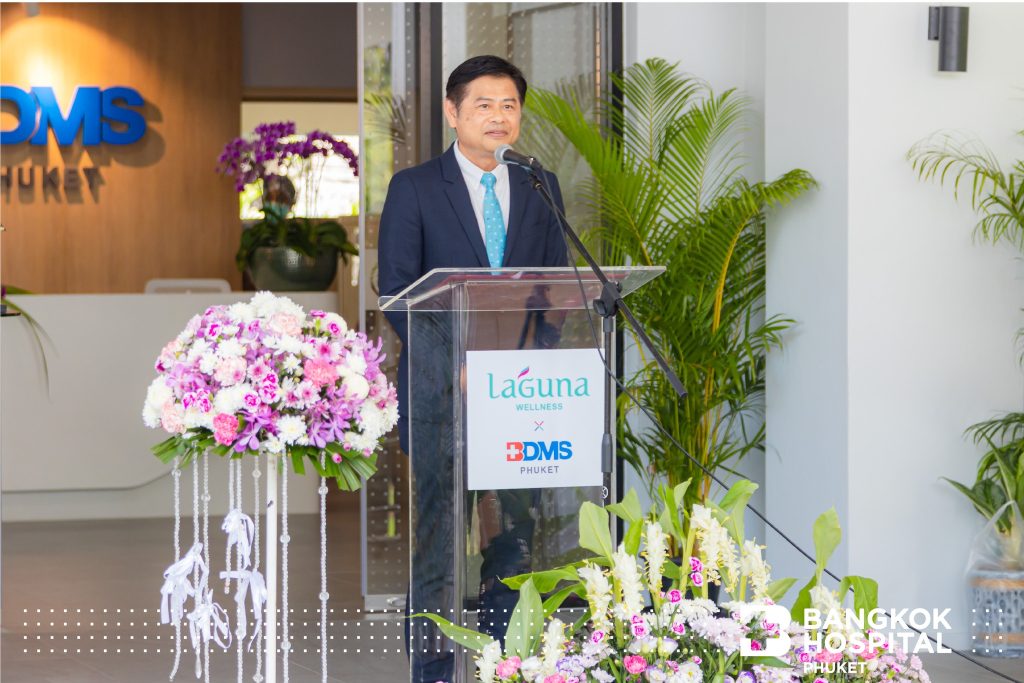
Dr. Narongrit Havarungsi and Mr. Ho Kwon Ping, Executive Chairman & Founder of the Banyan Tree Group has officially opened “Laguna Wellness by BDMS Phuket” in the presence of distinguished guests and press members yesterday. The new facility offers a wide range of healthcare services and holistic personalized wellness solutions, including preventive healthcare and screening, cutting-edge regenerative medicine, further underpinning Phuket as a premium wellness hub in the region for local and international clientele.

According to Allied Market Research, the global medical tourism market achieved approximately US$104.68 billion in 2019 and it’s expected to reach US$273.72 billion by 2027. The research center estimates Thailand’s medical tourism market will hit US$24.4 billion (or around 760 billion baht) in 2027, compared to US$9.1 billion (or around 200 billion baht) in 2019. In 2019, Thailand gained 9% of market share in global medical tourism.
Why Australians choose Thailand?
We know, we have hundreds of happy clients you can see based on our testimonials, happy photos and repeat clients! We asked news.com.au and every patient they spoke to had a different story for why they are sitting in a five star Bangkok hotel waiting for surgery or recovering from a procedure.
“It’s like the Athlete’s Foot of the boob,” said Michelle, a 33 year old media professional from the Hunter Valley in NSW who had breast implants, teeth whitening and fillings.
Michelle says her experience in the Bangkok medical system was better than anything she had at home. From the doctor patient interaction to the compassion and care of the nurses, the biggest difference was the after-care. She spent three days in hospital and eight days in a five-star hotel after her procedure. She compares this to a friend at home who paid $12,000 for breast implants and was discharged from hospital the same day.
Michelle post breast implants and dental work.
Then there’s 30-year-old Calli from Subiaco in Western Australia, who flew over for rhinoplasty and breast implants. After having her nose fractured twice when she was 19, she booked her surgeries 12 months ago after hearing about it from a couple of friends.
“There’s a get ‘em in, get ‘em out attitude in Australia,” she says. “After one night I wouldn’t have even be able to lift a glass to have a drink of water,” she added, relieved she had longer to recover in a Thai hospital.
From breast implants to whole body transformations, patients range in age from early 20s to 60s.
The end result was worth all the pain for Calli.
Jaye, a 20-year-old recruitment manager from Bunbury in Western Australia paid $2000 for veneers and to have her wisdom teeth removed, and says she is finally confident to smile again.
Tracy, a 51-year-old Australian mother, googled “cosmetic surgery in Thailand” and two hours later it was a done deal. Recovering from an arm, face and neck lift, as well as a tummy tuck and liposuction she paid $20,000 after being quoted more than $80,000 at home.
“It’s been a confidence lift, I did it to make myself feel better,” she said. Two surgeries and seven days in hospital, she said the support has been unbelievable. “They are more interested in what your expectations are here compared to Australia.”
Jaye, a 20-year-old recruitment manager from Bunbury in Western Australia paid $2000 for veneers and to have her wisdom teeth removed, and says she is finally confident to smile again.
Tracy, a 51-year-old Australian mother, googled “cosmetic surgery in Thailand” and two hours later it was a done deal. Recovering from an arm, face and neck lift, as well as a tummy tuck and liposuction she paid $20,000 after being quoted more than $80,000 at home.
“It’s been a confidence lift, I did it to make myself feel better,” she said. Two surgeries and seven days in hospital, she said the support has been unbelievable. “They are more interested in what your expectations are here compared to Australia.”
Michelle can’t stop smiling after having her teeth whitened for a quarter of the cost in Thailand.
Her friend agreed” You’ll forget you’re in a hospital!”
“I’d go back to the hospital just for the service, it was like a hotel,” said Jackie.
“It was the best experience of my life.”
